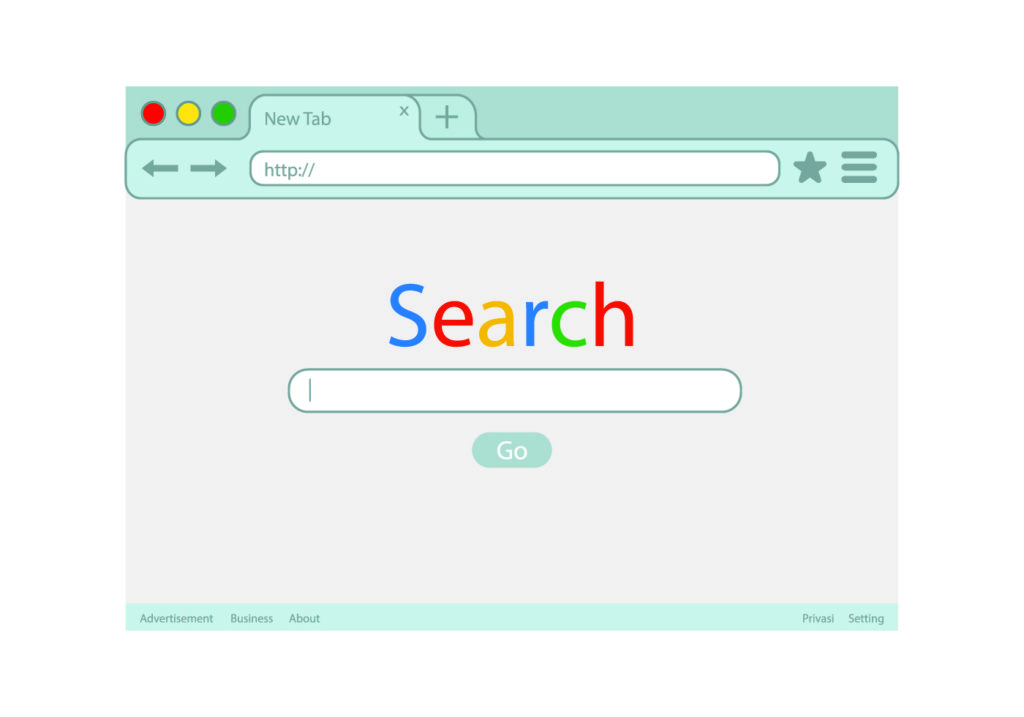Before I entered the digital marketing arena, I held an intense prejudice against pop-up ads. As a child, surfing the web with Internet Explorer (rest in peace) on my parents’ eMachine, I was instilled with a deep-seeded fear of pop-ups. Don’t click on them, my parents would say, or you’ll ruin the computer forever.
Pop-up ads became the bane of my existence. I harbored a resentment for pop-up ads for many years, until I read on several prominent digital marketing blogs that the evil pop-up was actually an effective marketing tactic.
This went against everything I believed!
In actuality, it went against my own common sense. I saw pop-ups as intrusive and obnoxious, so how could they serve as an effective marketing tactic?
I decided to get to the bottom of this once and for all.
What are Pop-Ups?
Wikipedia defines a pop-up as such:
“A pop-up is a graphical user interface (GUI) display area, usually a small window, that suddenly appears (“pops up”) in the foreground of the visual interface.”
If you’ve spent any time at all surfing the web, you’ve seen pop-ups.

A small window, or sometimes a video or graphic appears on your screen while you are browsing a website, usually prompting you to take some action.
This may seem pretty self-explanatory, but there’s an important distinction to be made that a lot of other blogs seem to overlook. As I see it, there are two distinct types of pop-ups: pop-up ads, and “regular” pop-ups.
I’ll clarify.
The former, pop-up ads, feature prominently on millions of websites, and you’ve definitely seen them.

This type of advertising is commonplace for many websites, especially news sites, and infuriating to a lot of people. Pop-up ads advertise products or services that are not necessarily affiliated to the website you’re browsing.
In the early days of the internet, pop-up ads offended so many people that a new type of software was created to remove these intrusive ads – pop-up blockers. I’ve used one for years now, along with some 500 million others.
I liken pop-up ads to TV commercials or billboards. Websites like CNN that receive lots of traffic sell ad space to companies just like a TV station would. Sites like CNN then feature these ads to its users, often as pop-ups.
The second type are “in-house” pop-ups – pop-ups from the website you’re checking out.
The same team individual who designs a website designs these pop-ups. They usually prompt some sort of action from the user, like signing up for an email listing or filling out a form.
These pop-ups don’t bring in any revenue for the website directly. They’re a marketing tactic, and one that gets a lot of flack.
Are Pop-ups Effective?
That would depend on your definition of “effective.”
Steven Macdonald claims in a blog post that a pop-up he designed for his website became the third biggest lead generator on his website.
On the other hand, through his own experimentation, digital marketer David Risley found that 2% of his users engaged with his pop up that promoted his email listing. 2% isn’t anything to write home about, but it’s still something.
So there’s a bit of a discrepancy in the effectiveness of pop-ups, but ultimately, it seems that everyone who has experimented with them garnered some results.
Keep in mind: Macdonald and Risley both use pop-ups to drive leads, not sales. They’re playing the long game. By prompting users to enter their email address, they retain leads and can try to convert these users later.
As of right now, I haven’t found good research into the effectiveness of pop up ads, but most websites don’t display ads. For a small to mid-size business that does not use display advertising as an additional source of income, pop-up marketing (the “in-house” pop ups) can actually be effective when used properly.
So how do you use them properly?
When it comes to pop-ups, you need to keep context in mind.
I think this SumoMe graphic explains this pretty well.

Timing pop-ups makes all the difference. A well-timed pop-up can drive more sales, or increase leads, whereas a poorly timed one just seems like a desperate cry for attention.
Pop-ups are by nature jarring, so the intrusiveness needs to be warranted.
UsabilityGeek conducted a survey that determined users were willing to accept a pop-up if it:
- Forced them to confirm an action or decision at a crucial moment in the workflow
- Gave them useful feedback or advice
- Focused them on a single, relevant piece of content
By keeping these best practices in mind if you ever choose to implement pop-ups, you can avoid driving away users who dislike pop-ups on premise. In fact, UsabilityGeek also cites three sources that assure pop-ups have no effect on bounce rate.
TL;DR: Pop-ups can be used to drive leads as long as you keep user experience in mind when implementing.







